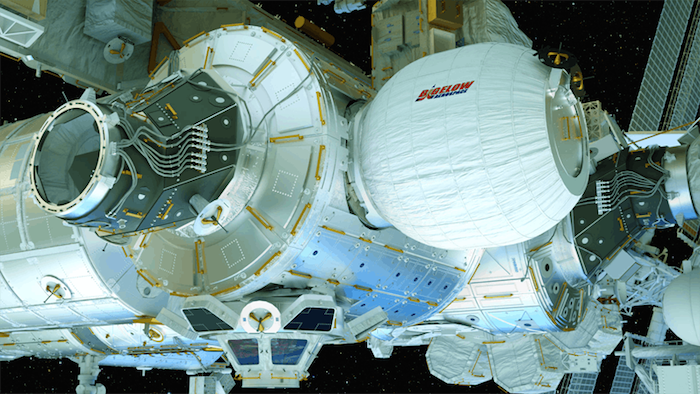.

Orbiting 250 miles above Earth, the International Space Station is a feat of engineering and an unprecedented tool for space exploration. It also isn’t going to last forever — while the main components of the space outpost were put in place in 2011, actual building began back in 1988.
On Wednesday at “Transformers”, a live-journalism conference presented by The Washington Post, NASA Administrator Charles Bolden discussed the lifespan of the ISS during the “There’s No Place Like Space” panel.
When asked if the ISS would have to retire, Bolden replied, “It is inevitable — it’s a human-made structure with a lifetime.” Its year of expiration? 2028.
Bolden hinted that what could very well replace the ISS is an expandable habitat, like the Bigelow Expandable Activity Module (BEAM). At the end of March, NASA sent BEAM to the ISS for a two-year demonstrative period to see whether or not the module could replace some of the functions of the ISS.
BEAM, as it is now, is only a fraction of the size it would need to be to replace the ISS — it’s about the same space as a small bedroom. The ISS is roughly the same size as a soccer field. Bigelow Aerospace describes BEAM as a “vital pathfinder” to its next iteration of the expandable habitat.
What will happen to the ISS once NASA and its international collaborators jump ship? While Château ISS might sounds like a sweet vacation spot for future space-tourists, it’s unlikely that NASA will let it linger up there. The federal space agency doesn’t have a warm spot in its heart for space junk — in April NASA announced it plans to invest in a 2D spacecraft which could bring orbital debris down towards the atmosphere — basically a flame-heavy demonstration of spring cleaning.
The ISS is more likely to get taken out of space the same way it was put up — deconstructed in a series of small trips. The assembly of the ISS, beginning in 1998, required 40 missions — to do this again, NASA will likely raise the orbit of the ISS to buy itself some time.
Scrapping the ISS for parts, while freeing the galaxy from space junk, would also help NASA support other fledgling international space programs — which Bolden said is something that NASA is working toward. Future Nigerian spacecrafts could very well be built with reused ISS parts.
Quelle: INVERSE
3570 Views
